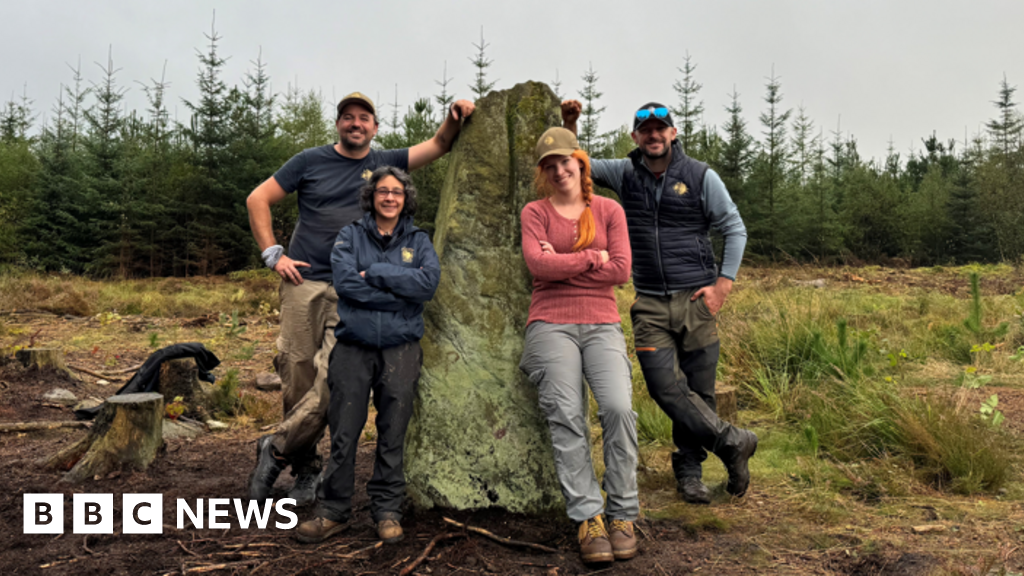
BBC News, Derby
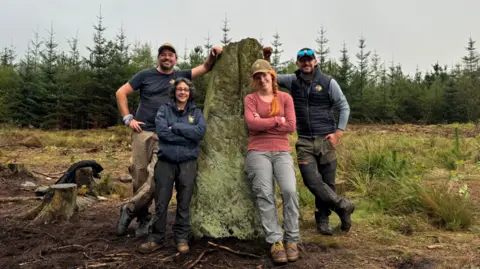 Time team team
Time team teamArchaeologists have found that what was thought to be a stagnant stone in a forest is part of a larger place of celebration dating back 3,700 years to the Bronze period.
The discovery was conducted in Farly Wood, near Matlook in Derbyshair, after the excavations by Forestr England in collaboration with the Times of Archaeological series.
At a height of 2M (6.6FT), the stagnant stone of the Farly Moor was previously probably an isolated monument.
But the forest England said the excavations had revealed evidence of a ceremony next to him and identified five more stones near a day and had created a circle.
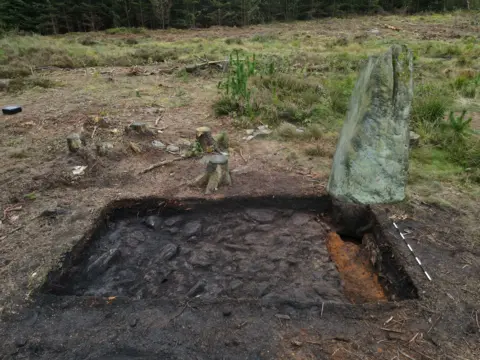 Time team team
Time team teamDr. Lawrence Shaw, the main consultant for the historical environment of England, said the discovery shown in an episode broadcast on Saturday’s YouTube channel, “We change our understanding in an attractive manner” on the website.
According to forest statistics, the main stone was deliberately placed above a natural spring.
“What we have revealed is evidence of a much more complicated ceremonial view, which is part of the original stagnant stone,” he said.
“The stone platform has been ahead of the stagnant itself, proposing that the ceremonies of this place regularly use the ceremonies over hundreds of years, which is strongly related to the water and the importance it has for the societies of the Bronze era.
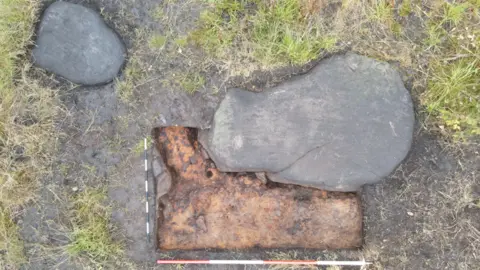 Time team team
Time team teamGeorge Berdi, a local archaeologist, had suggested “for a while. The stone may be part of a larger monument, and his desire led to the study.
Forest England has said it will continue to protect the area and manage the entire area of the circle as a planned trace to ensure that it is protected.
The archaeological team hopes to return next summer to a longer research and look closely at some of the newly designated rocks.
The Foresti Forest added that they were trying to reveal when the place was built for the first time and that the larger ceremonies were large.
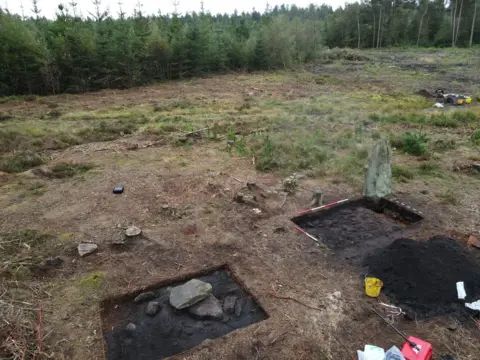 Time team team
Time team teamDr. Derek Pittman, an assistant professor of archaeology and anthropology at the University of Bournemouth, said:
“The volume of activities that probably had in this scene highlights the impact of the life of the bronze ceremonies outside the headlines such as Stoneheh.
